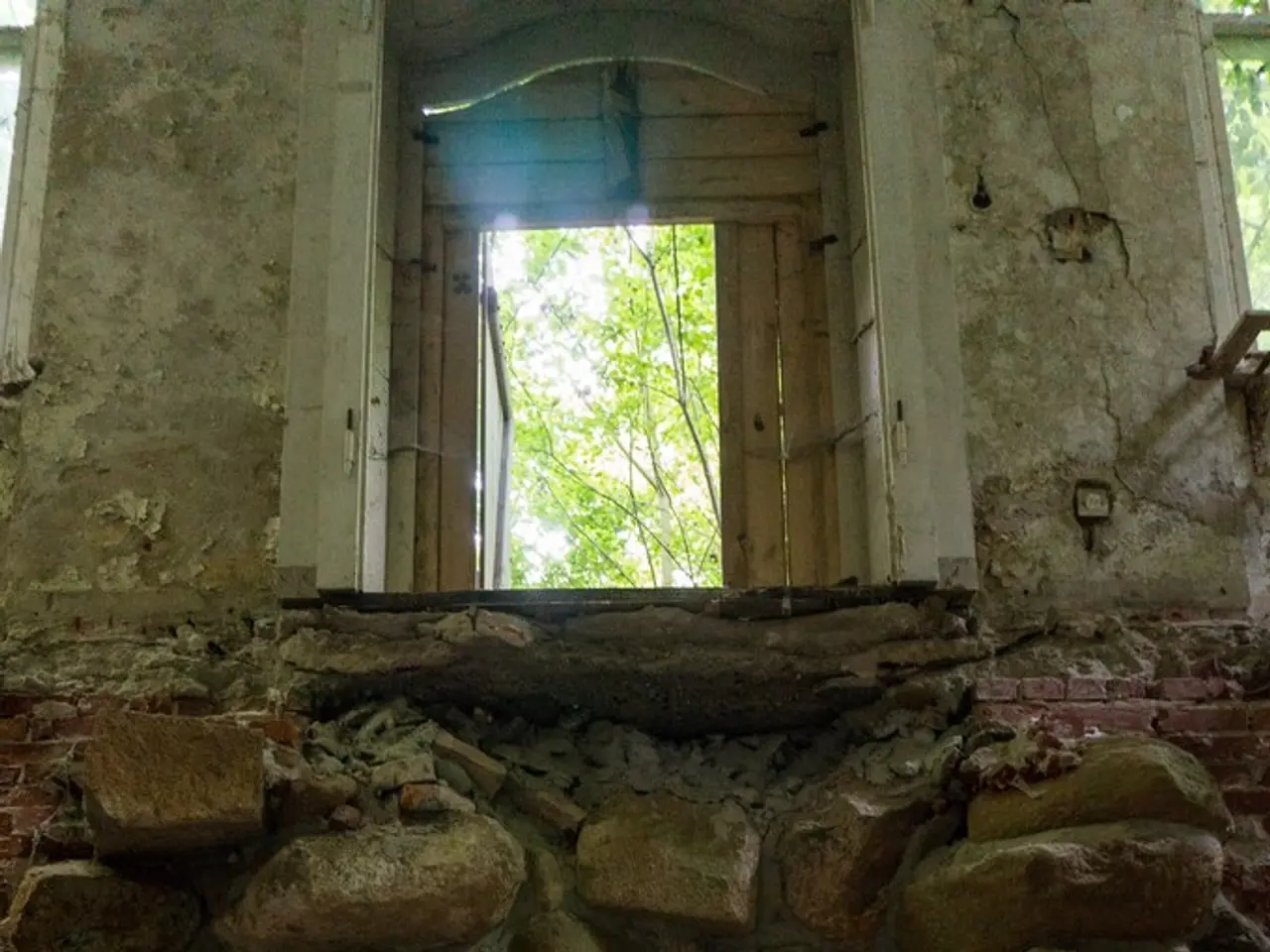Swiss Housing Market: Wealth Gap Widens as Tenants Struggle
The Swiss housing market is facing a stark divide, with tenants and homeowners feeling the pinch in different ways. While homeownership has become more affordable relative to income, the gap between the wealthy and the rest is widening. This is due in part to the abolition of owner-occupied value benefits, which currently favours the rich at low mortgage rates.
Real estate prices have soared in recent years, making apartment ownership unaffordable for many. Despite this, more people are buying apartments, attracted by the current interest rates. Over the past 20 years, offered rents have increased by 24 percent, compared to a mere 12 percent for existing rents without tenant turnover, and a decrease of 4 percent for old rents. This disparity has led to tenants paying more for housing than owners, with tenant households spending an average of 25 percent of their income on housing costs, compared to 19 percent for homeowners.
At the current policy rate of 0 percent, a money market loan is 33 percent cheaper than rent, and a ten-year fixed-rate loan is 6 percent cheaper for a standard apartment. However, this affordability comes at a cost. The lowest income classes now spend over 40 percent of their income on housing costs. While housing has become more affordable in relation to income overall, the social gap in affordability is widening. Today's buyers take on average 680,000 francs in debt, with all private mortgages together amounting to around 953 billion francs.
If interest rates rise to about 3 percent, homeowners may face higher taxes due to the reform. Despite real estate prices stagnating after years of strong gains, the market remains high, particularly in large cities where tenants pay up to a third less than buyers. As the Swiss housing market evolves, it is crucial to address the growing affordability gap to ensure fair housing for all.




